Vampire Fiction – Part 1 of 2 – Early Vampire Literature
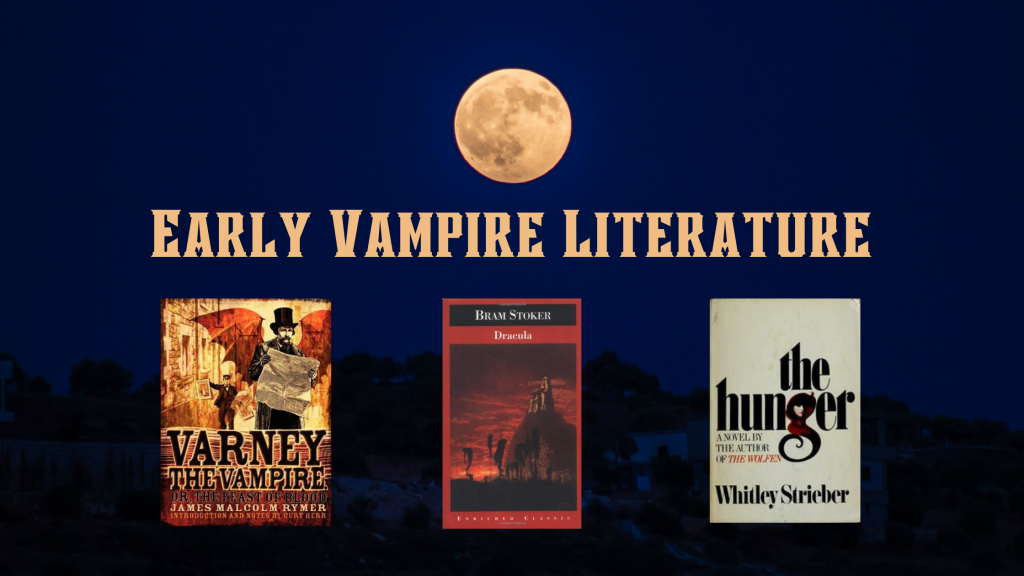
A Review of Vampires in Literature
First Vampire Literature and Books
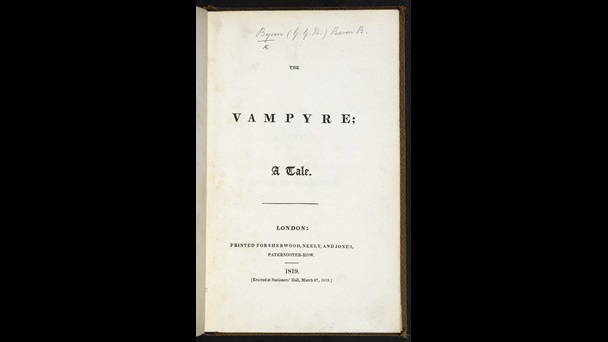
Legends and stories of vampires have circulated the globe for centuries. Vampire or vampyre literature first appeared in 1816 with publication of The Vampyre by John Polidori. Polidori’s vampire character displayed superhuman strength, seduced a maiden marrying her and turning her into a vampire, and of course, killed humans. You can read more about the history of Frankenstein and The Vampyre here.
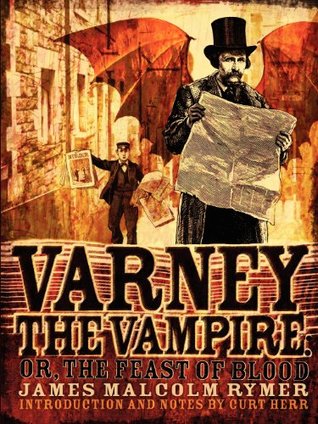
From 1845-1847 James Macolm Rymer and Thomas Peckett Prest published in Penny Dreadfuls Varney the Vampyre . This became the first account of a vampire with sharpened teeth. Over the series Varney tries to atone himself for his cursed state of being. An edition of this book along with commentary and many extras can be found on Goodreads here.
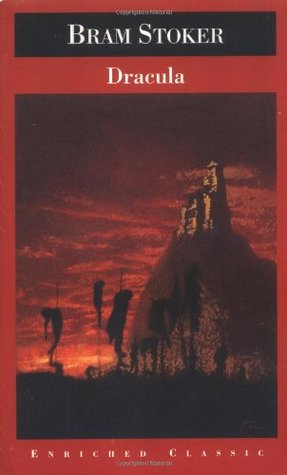
Maybe the most famous vampire book is Bram Stoker’s Dracula (1897). His vampire character lives as a recluse and craves blood above all. He grows younger and more vibrant upon drinking human blood. Seducing women through mind control, his bite sickens them, turning the victims into vampires. The movie rendition starring Winona Ryder and Keanu Reeves is the first vampire movie that captivated me, starting my obsession with the genre. A version of the book with Joseph Valente can be found on Goodreads here. I’ve read it several times and it never seems to get old.
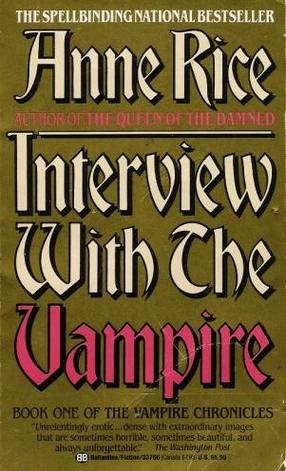
It may have been Anne Rice that re-popularized vampire fiction in the 1970s with her Interview with the Vampire novel. As opposed to Stoker’s rendition of the species, Rice’s vampires are sensual and emotional. They tend to feed off their victims rather than kill them, enjoying the experience much like enjoying a fine wine. Their rules dictate that they shouldn’t feed to kill, but to sustain. Older vampires becoming stronger and don’t require need human blood but drink it for pleasure. Rice’s vampires can be killed in the sun, by fire, or by losing their hearts. Younger vampires have less control over their urge to feed on humans and are strong and fast but not as strong as older vampires. Older vampires can fly and start fires with their minds. All vampires can influence humans with their minds and “compel” one to take action, as well as making them see images.
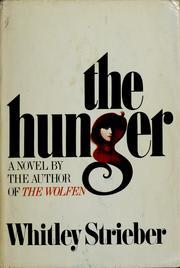
The Hunger by Whitley Strieber followed Anne’s series. This may be the first series to propose vampires as a separate species, not turned by blood or created by monsters. The reviews say “lots of sex and lots of violence” so it’s not for the faint of heart, but it’s highly rated, so if you’re a true vampire fiction fan, probably worth a read. Although I’m not a huge fan of gore, I’m putting it on my TBR and you can find it here.
Because my summary of vampire literature became so long, I broke it into two chunks, Early Vampire Literature presented here, and Contemporary Vampire Literature available on my blog 2/4/2021 with this link.
If you’d like a new twist on vampire lore you can check out my Kingdom Journals Series, beginning with multi-award winning Kingdom of Embers, Free here with newsletter signup. Or add to Goodreads here.
What is your favorite vampire story? Let me know in the comments.
Happy Reading, Tricia